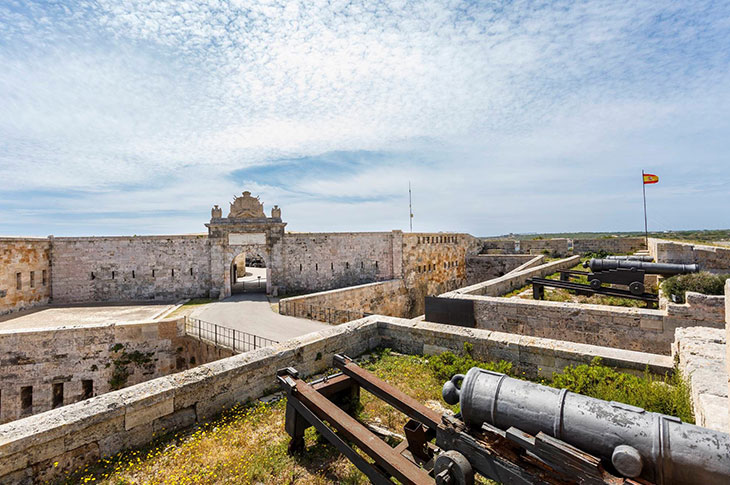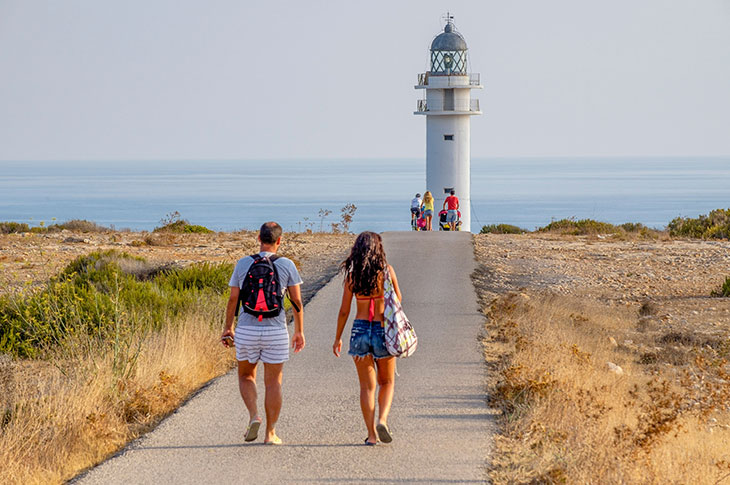The other face of the Balearics: shelters, fortresses, and underground landscapes
Caves, tunnels, and sanctuaries reveal a hidden legacy in Mallorca, Menorca, Ibiza, and Formentera
Beneath the earth, the Balearic Islands conceal a unique heritage that enriches the idyllic image of Mediterranean beaches and landscapes. Natural caves, defensive tunnels, and monastic crypts form an underground universe that spans the archipelago's history, from Menorca's military fortresses to Ibiza’s Punic sanctuaries dating back 2,500 years. Discovering these spaces offers visitors a different, intimate, and surprising perspective, combining geology, spirituality, and historical memory in a single journey. Menorca: strategic tunnels and an ancient cave Menorca’s location made the island a coveted stronghold for European powers. This defensive role has left its mark beneath the surface of San Felipe Castle, where a network of military passageways stretched out over 4 miles and can now be explored on guided tours. Meanwhile, the Isabel II Fortress unveils underground shelters and galleries that connected strategic points. Menorca also offers a presents a more natural landscape in the Cova de s’Aigua, where an internal lake of crystal-clear waters calls back to its use as a sanctuary and burial site for over 5,000 years.

Mallorca: between natural caves and monastic passageways The largest island boasts some famous tourist caves, though sites like the Cuevas de Campanet offer a quieter visit. Discovered in 1945, these cavities present a series of geological formations in a quiet, uncrowded environment. Mallorca’s monastic heritage also extends underground: in places such as the Lluc Monastery or the Cura Sanctuary, passageways and crypts have been used as storerooms, shelters, or places of worship. Ibiza: Punic sanctuaries and legendary caves Ibiza’s underground landscape is mainly associated with religious purposes. The Es Culleram Cave, in the north of the island, served a sanctuary dedicated to Tanit, the most highly venerated Punic goddess, with hundreds of votive figures found inside. The site can be visited, with limited access, and is one of the most significant archaeological sites of Ibiza. Other caves, such as Es Vedrà or Sant Vicent, have been linked to local legends and the needs of shepherds and livestock farmers. Formentera: small coastal caves and shelters The smaller of the Pityusic Islands (Ibiza and Formentera in the Balearic Islands) boasts various coastal caves that have served as shelters for fishermen or spaces for contemplation. Cova Foradada, located in Punta Rasa, is an example of this discreet heritage, alongside Cova d’en Xeroni in Es Cap de Barbaria and the small cavities found along the Camí de Sa Pujada. These sites demonstrate how the inhabitants of Formentera took advantage of the local geography to take shelter and live in harmony with the sea.


